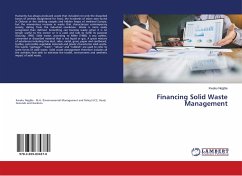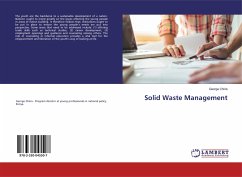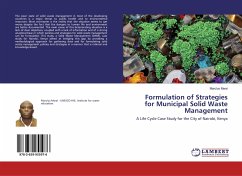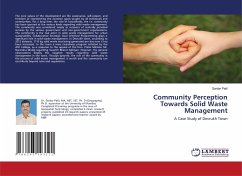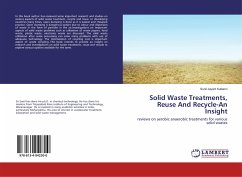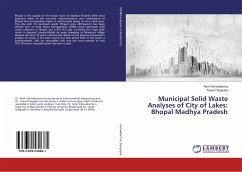Humanity has always produced waste that included not only the discarded bones of animals slaughtered for food, the hundreds of stone axes found in Olduvai or the stinking cesspits and hidden heaps of medieval Europe, but the momentous increase in waste that characterizes contemporary society, dating from the industrial revolution. Waste is more easily recognized than defined. Something can become waste when it is no longer useful to the owner or it is used and fails to fulfill its purpose (Gourlay, 1992). Solid waste, according to Miller (1988), is any useless, unwanted or discarded material that is not liquid or gas. A great mixture of substances including fine dust, cider, metal, grass, paper and cardboard, textiles, putrescible vegetable materials and plastic characterize solid waste. The words "garbage", "trash", "refuse" and "rubbish" are used to refer to some forms of solid waste. Solid waste management therefore includes all the activities that seek to minimize the health,environment and aesthetic impact of solid waste.
Bitte wählen Sie Ihr Anliegen aus.
Rechnungen
Retourenschein anfordern
Bestellstatus
Storno

